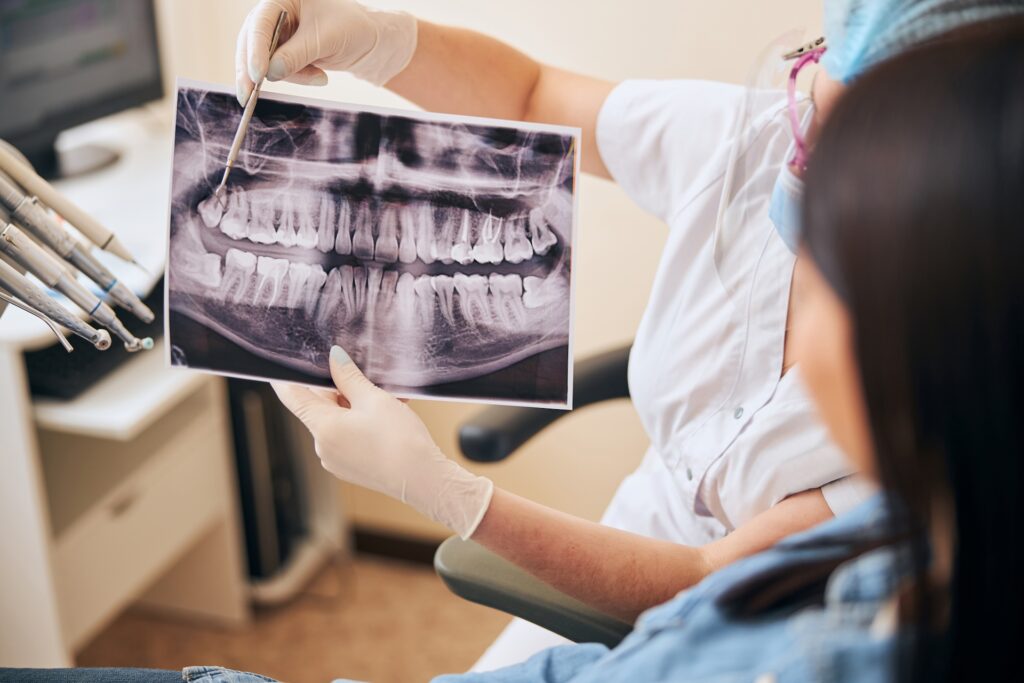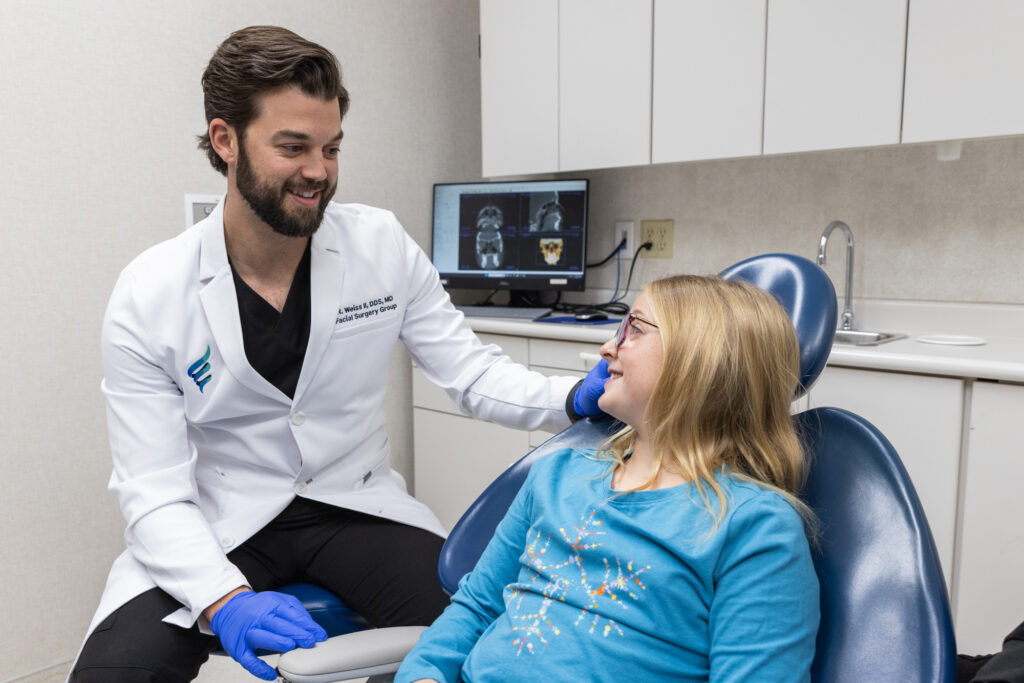
Third Molars or Wisdom Teeth have come to be thought of as “vestigial organs”. Like the appendix or the tail bone, third molars served a purpose for early humans but not usually for modern humans. Wisdom Teeth once provided a more powerful chewing surface for eating foods that were more coarse and fibrous like leaves, grasses, nuts and raw meats. Given that dentistry was not in practice, wisdom teeth might also have served as “back-up” for teeth that were lost or worn. As the human diet has changed, the necessity for such forceful chewing has been eliminated and human jaws have evolved, becoming smaller and less forceful.
Unlike other teeth that develop in the embryonic stage, third molars develop after birth. While it’s true that 35% of modern humans don’t even develop 3rd molars, they are present in the jaws of most people between the ages of 14 and 25. When there is room, wisdom teeth erupt without any issues and don’t require removal. Studies performed in Sweden however, indicate that 72% of people will have what is known as known as an “impacted” wisdom tooth.
The word “impacted” means jammed, wedged or stuck. Often the tooth has no place to go and can become wedged against the neighboring tooth or its roots. Often time this occurs sub-gingivally (beneath the gums) and can only be seen in dental x-rays. In some situations, the tooth will erupt partially and can be seen with the naked eye. When these impacted teeth are left unextracted, complications may ensue. The individual might begin to suffer from swelling, infection and gum disease. Leaving wisdom teeth untreated can also result in complications outside the mouth like facial cellulitis and the inflammation of lymph nodes. Finally, it isn’t unusual for orthodontically corrected teeth to become maligned by erupting wisdom teeth, rendering years of orthodontic progress to be compromised.
If you are experiencing frequent, unexplained headaches, pain, swelling or discomfort in your jaw contact your dentist. Using diagnostic tools like dental x-rays, your dentist will identify the presence of 3rd molars and assess their position. If it is determined that extractions are required, you should be referred to a Oral and Maxillofacial Surgeon who has the training and equipment required to provide you with the safest and most comfortable extraction experience.
